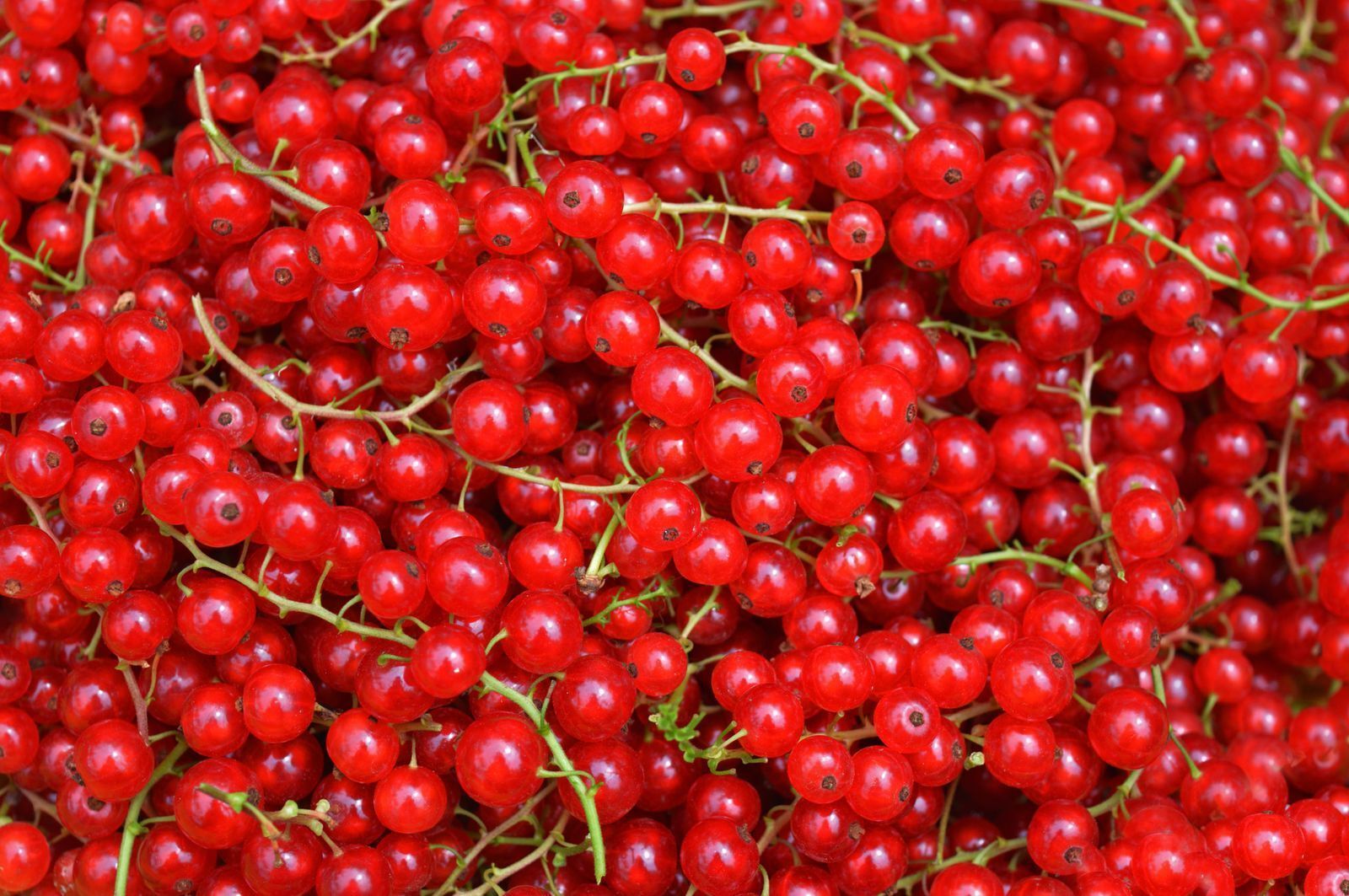
Redcurrants, those tiny, vibrant berries, often get overlooked in the fruit world. But did you know they pack a punch when it comes to nutrition and versatility? Redcurrants are not just pretty to look at; they are rich in vitamins, antioxidants, and fiber. These berries can be used in a variety of dishes, from jams and jellies to sauces and desserts. Growing redcurrants in your garden can be rewarding, as they are relatively easy to care for and can produce a bountiful harvest. Whether you're a seasoned gardener or a culinary enthusiast, understanding more about redcurrants can add a new dimension to your knowledge and skills. Ready to learn some intriguing facts about these little gems? Let's dive in!
Key Takeaways:
- Redcurrants are small, vibrant berries rich in vitamin C and antioxidants, making them a healthy and delicious snack for those watching their weight.
- These versatile berries can be used in jams, desserts, and even as a garnish for salads, adding a burst of flavor and a pop of color to your meals.
What Are Redcurrants?
Redcurrants are small, vibrant berries that pack a punch of flavor and nutrition. These tiny fruits are often overlooked but have a rich history and numerous benefits. Let's dive into some fascinating facts about redcurrants.
-
Redcurrants belong to the genus Ribes and are closely related to blackcurrants and gooseberries.
-
These berries are native to parts of Western Europe, including France, Belgium, and Germany.
-
Redcurrants grow on deciduous shrubs that can reach up to 1.5 meters in height.
-
The berries are typically harvested in mid-summer, around June or July.
Nutritional Benefits of Redcurrants
Redcurrants are not just tasty; they are also packed with nutrients that can benefit your health. Here are some nutritional facts about these berries.
-
Redcurrants are rich in vitamin C, providing about 77% of the daily recommended intake per 100 grams.
-
They contain dietary fiber, which aids in digestion and helps maintain a healthy gut.
-
These berries are low in calories, making them a great snack for those watching their weight.
-
Redcurrants are a good source of antioxidants, which help combat free radicals in the body.
Culinary Uses of Redcurrants
Redcurrants are versatile in the kitchen and can be used in various dishes. Here are some ways you can incorporate them into your meals.
-
Redcurrants can be used to make delicious jams and jellies.
-
They add a tart flavor to desserts like pies, tarts, and crumbles.
-
These berries can be used as a garnish for salads, adding a pop of color and a burst of flavor.
-
Redcurrants can be made into sauces that pair well with meats like lamb and pork.
Historical and Cultural Significance
Redcurrants have been around for centuries and hold cultural significance in various parts of the world. Here are some interesting historical facts.
-
In medieval Europe, redcurrants were often used in medicinal remedies.
-
The berries were believed to have cooling properties and were used to treat fevers.
-
In Russia, redcurrants are a traditional ingredient in a popular summer drink called "mors."
-
During the Victorian era, redcurrants were a common feature in English gardens and were often used in decorative desserts.
Growing Redcurrants
If you have a green thumb, you might be interested in growing your own redcurrants. Here are some tips and facts about cultivating these berries.
-
Redcurrants prefer well-drained soil and a sunny location but can tolerate partial shade.
-
These shrubs are relatively low-maintenance and can thrive with minimal care.
-
Pruning is essential to encourage healthy growth and fruit production.
-
Redcurrants are self-fertile, meaning they do not require another plant for pollination.
Redcurrants: Tiny Berries, Big Impact
Redcurrants pack a punch. These small berries are loaded with vitamin C, antioxidants, and fiber. They help boost your immune system, improve skin health, and aid digestion. Their tart flavor makes them perfect for jams, jellies, and desserts. Plus, they add a pop of color to any dish.
Growing redcurrants is pretty straightforward. They thrive in well-drained soil and need plenty of sunlight. Regular pruning keeps the plants healthy and productive. Whether you’re a seasoned gardener or a newbie, redcurrants are a great addition to your garden.
Incorporating redcurrants into your diet is easy. Toss them in salads, blend them into smoothies, or bake them into muffins. Their versatility and health benefits make them a must-have in any kitchen. So, next time you see these vibrant berries, grab a handful and enjoy their goodness.
Frequently Asked Questions
Was this page helpful?
Our commitment to delivering trustworthy and engaging content is at the heart of what we do. Each fact on our site is contributed by real users like you, bringing a wealth of diverse insights and information. To ensure the highest standards of accuracy and reliability, our dedicated editors meticulously review each submission. This process guarantees that the facts we share are not only fascinating but also credible. Trust in our commitment to quality and authenticity as you explore and learn with us.


